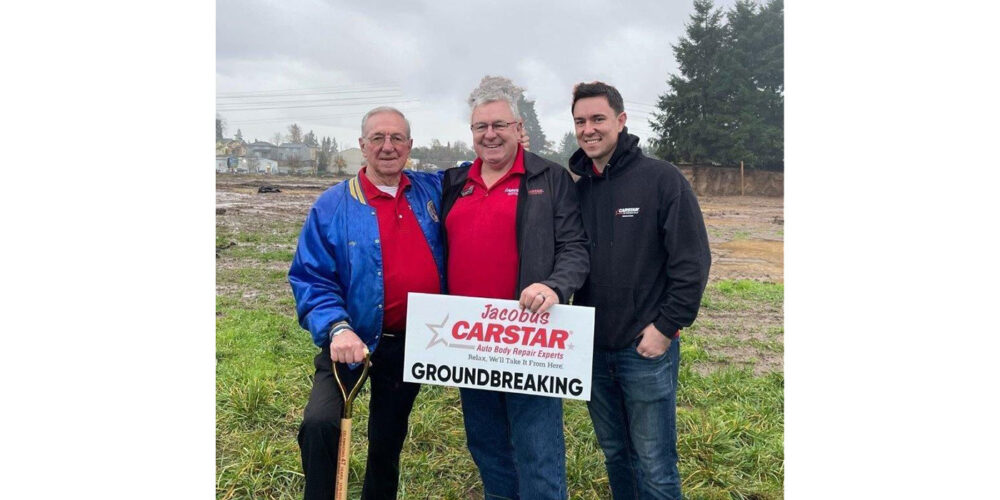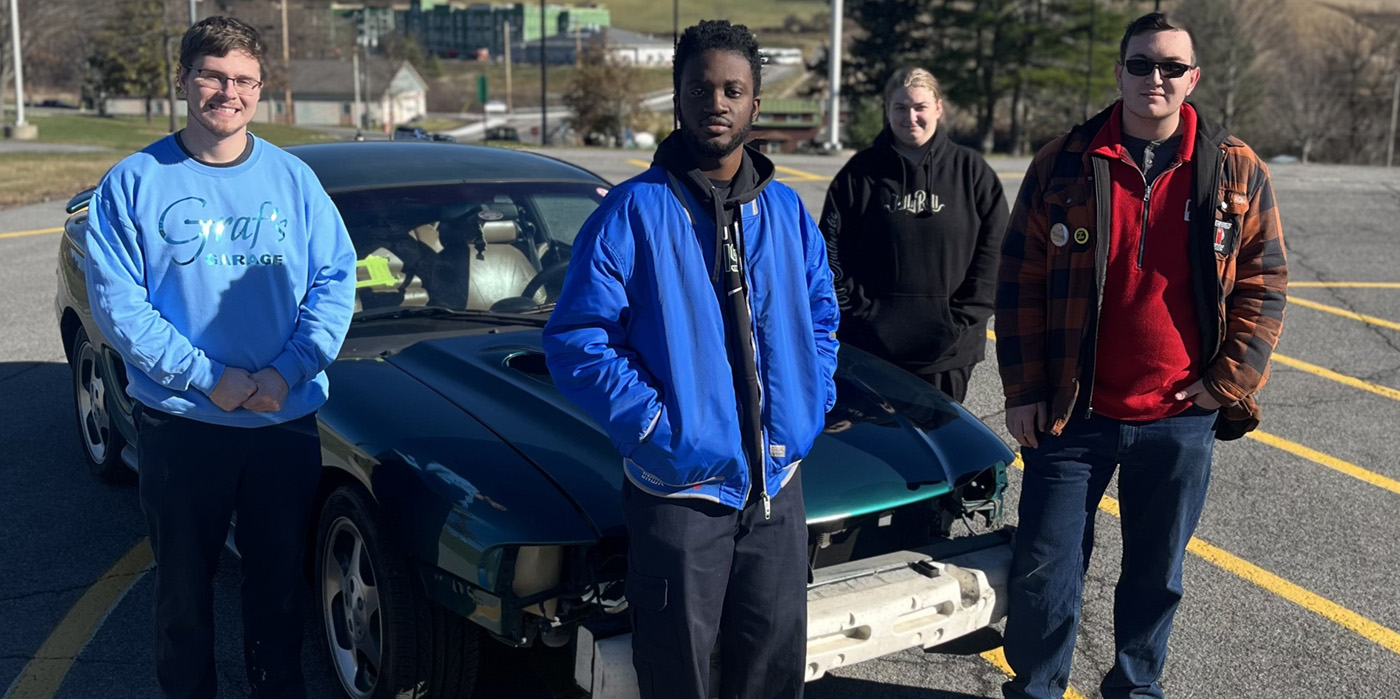A commonly overlooked profit center that’s still a necessary part of the collision repair business is what I call a “damage analysis.” An estimate is an educated guess, but a damage analysis is a blueprint for repair.
Pre-Repair Form
A motor vehicle can be divided into sections:
- Exterior panels, cosmetic and structural components.
- Structure and chassis.
- Mechanical and electrical systems.
- Passenger and luggage compartments.
- Vehicle safety systems, electronic and mechanical (seat belts, airbags, etc.).
These five “zones” need to be physically inspected and checked after a collision. This service is offered by thousands of body shops and usually for no charge, either by choice or by ignorance.
Our shop charges for this service. We actually have a “pre-repair inspection form” that authorizes us to disassemble and visually inspect all areas that can be affected by a collision. We charge $250 and up to check over every section of the vehicle. Our form also lets the customer know there will be a charge for these services. There’s no set fee as all vehicles are different and all collisions are different.
We can do our damage analysis before the insurance company inspection or after their inspection. It’s still a necessary part of a proper repair. Most insurance companies appreciate the fact that we give the vehicle a thorough inspection before repairs are started. This
helps prevent half-repairing a total loss
and ordering unnecessary parts – and can
save shops and customers wasted time
and money.
Most shops wait till they get the insurance preliminary estimate before starting repairs. If you’re going to be doing the repairs anyway, do yourself and everyone else involved an important service by thoroughly checking the vehicle over before ordering any parts and starting repairs.
If the vehicle owner is on your side and understands the complexity of today’s modern vehicles, getting him to sign a pre-repair inspection form won’t be a problem. When properly presented to the payer of the claim, I’ve had no problem collecting for my time involved in preparing a thorough bumper-to-bumper inspection prior to repairing
a vehicle.
Disassembly
After conducting our damage analysis, we move the vehicle to a staging area at our shop and take photos of the cosmetically damaged exterior panels (chalk or a grease pencil helps). We then disassemble the damaged area of the vehicle, place it on a lift or jack stand and check every section for dislodged or damaged panels, stretched seat belts, damaged mechanical components, bent, dislodged or cracked interior panels and misaligned panels. We continue by measuring the chassis, checking inside the luggage compartment (I’ve found broken, bent or disconnected spare tires, heavy objects in the trunk that damaged interior trim, etc.), and check for broken dashboards, bent knee bolsters, collapsed steering columns, broken or bent engine parts, exhaust and suspension brackets and bushings.
The damaged parts that are removed are laid aside and everything is documented. We then prepare an estimate based on our findings and start repairs with a better understanding and more accurate starting point. Or, in some cases, we declare the vehicle a total loss. Our findings are shared first with the vehicle owner, followed in most cases by the payer of the claim if we get the customer’s permission.
Charging a Fee
How much should you charge? If the vehicle is undrivable and has to be moved with a wrecker or other piece of equipment, start there and charge accordingly for the time spent. We usually charge half the R&I time for removed parts, access time if necessary to remove the damaged parts, time spent examining the vehicle, administrative time to prepare the paperwork,
and for any reassembly and removal of
the vehicle and reinstallation of its
damaged parts as the owner or claims
payer requests.
The average cost is $125 and up depending on the complexity of the vehicle and severity of damage. Covered or inside storage is also charged a fair rate for the work space occupied and delays that occurred while waiting for an inspection.
This lost profit center is overlooked by a lot of repair shops who’ve been brainwashed into thinking this is all part of the job and should be done for free. I can’t count how many times an insurance company has told me they don’t pay for an estimate. Well, this is not just an estimate, this is a “damage analysis.” And it’s not a free service. We are not a non-profit organization; we’re in business to get paid for what we do. For shops that are bound at the wrists by their insurance partners, all I can say is try and get paid for what’s reasonable and necessary to repair the vehicle properly. I’ve been doing this and collecting for it for over 20 years. Combined with my other total loss processing fees, I make a tidy profit on stall tie-ups and all the charges listed above.
Writer Bob Winfrey is owner of All Precision Collision Repair in Marshville, NC.













